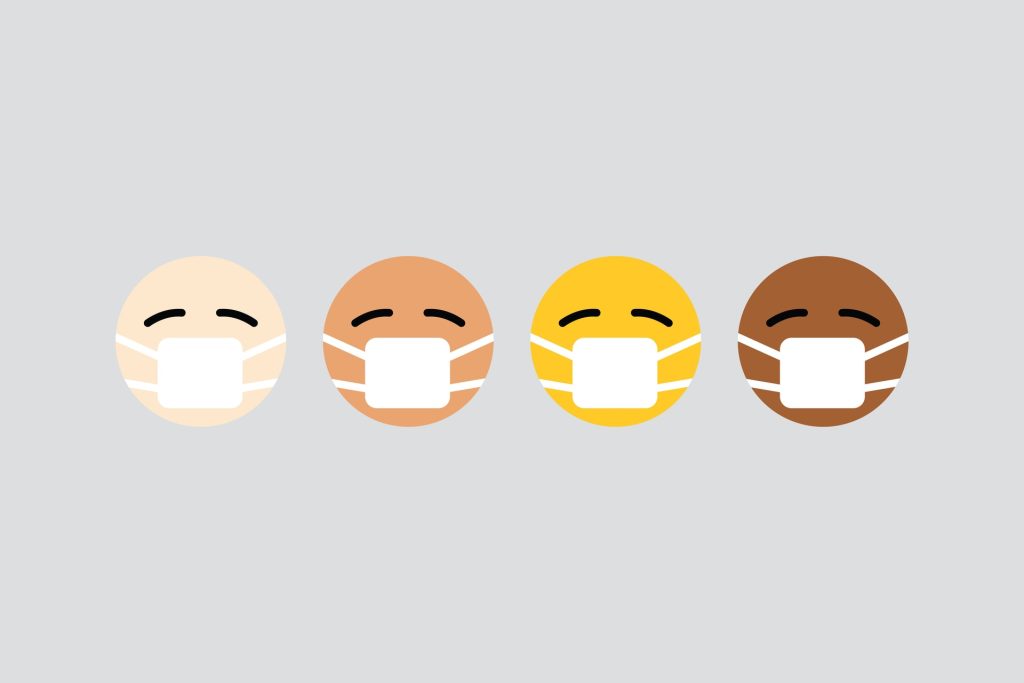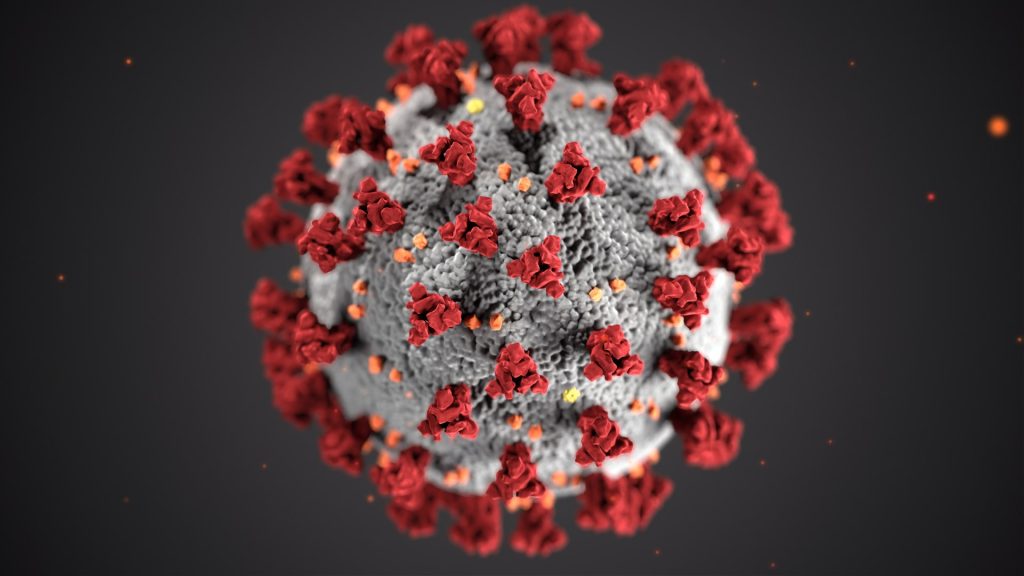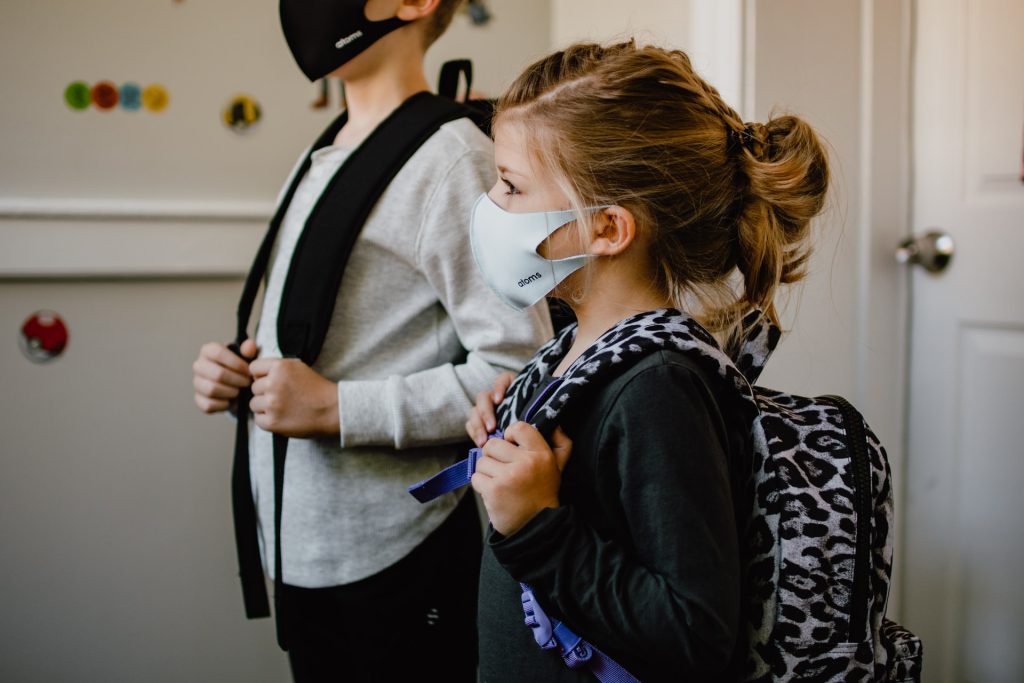Mask-wearing Protects Wearers Too

People who adhered to masking outside of the home, but were more exposed to infection due to their circumstances, still had “significantly” lower COVID infection rates, according to research published in BMJ Open.
Although it has been widely asserted that face coverings serve to protect others, rather than the wearer, this large-scale study established a clear link between wearing a face covering outside the home and infection.
The Oxford-led study links individuals’ and households’ ability to follow non-pharmaceutical interventions (NPIs) often known as COVID behavioural interventions, using the largest and most representative dataset to date in the UK, including people from different ethnic and age groups.
Using the COVID Infection Study (CIS), study participants were asked to complete a short questionnaire, as well as taking regular COVID tests. Respondents were asked to share how often they worked outside the home, how easy it was to keep social distance in their workplace, whether they took public transport and whether they had direct contact with others on a day-to-day basis.
According to the study, “Wearing a face covering outside was a significant predictor of a lower chance of infection before mid-December 2020 in the UK, when a stricter second lockdown was implemented.”
There was a higher rate of infections among those who lacked autonomy to follow COVID behavioural measures and did not comply with masking.
Author Professor Melinda Mills said, “Lack of compliance to COVID behavioural measures has often been positioned as an attitude or choice. Yet there are large groups of people who, due to their household or employment circumstances, cannot follow measures to work from home, engage in physical distancing at the workplace or avoid public transportation. This, in turn, means that they have a higher exposure to becoming infected.
“The inability for some groups of people to follow behavioural interventions exacerbates existing health inequalities and we showed that face coverings are one measure that can mitigate this unequal exposure.”
The team found, “The level of autonomy to adhere to behavioural interventions does not predict COVID infection alone, but rather the risk of infection is diminished when individuals wear face covering/masks.”
The study concluded that masking reduces the effects of unequal COVID exposure.
Professor Mills added, “Using a very large individual and household sample and COVID swab tests, we showed that the inability for certain groups such as women in large households or those working in occupations where it is hard to maintain physical distancing were protected from infection during key periods in 2020 in the UK”.
Source: Oxford University





